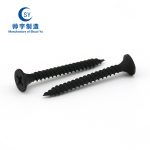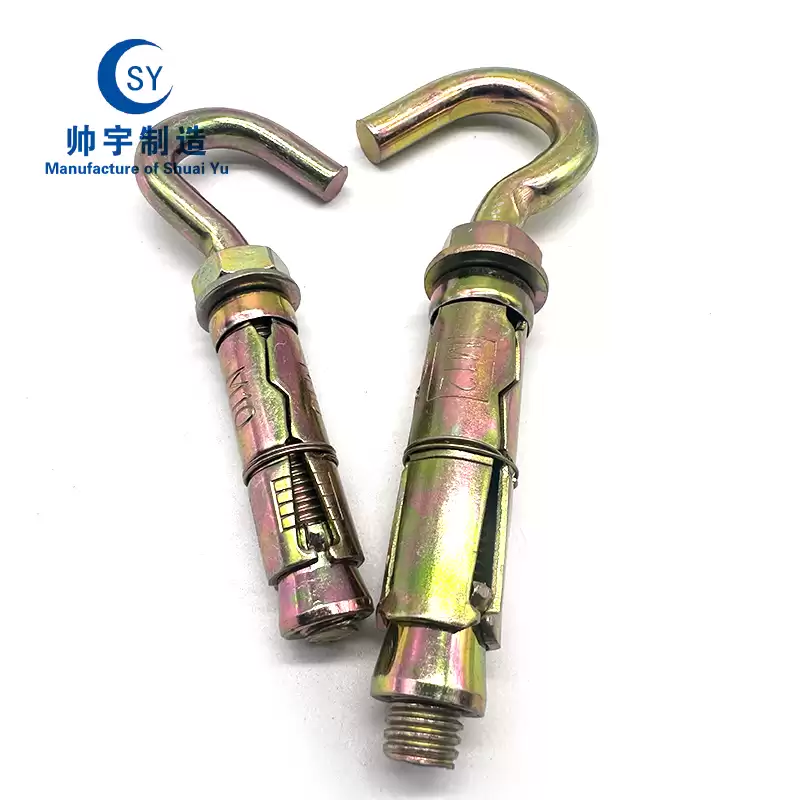drywall screw
COARSE THREAD DRYWALL SCREW,Fine thread drywall screw
Application of Drywall Screws
Drywall screws are the best way to fasten the drywall to the base material. With a wide range of products and good quality, our drywall screws provide you the perfect solution for different kinds of drywall structures.
Installation Steps of drywall screws
1. Drywall screws are easy to use if you choose the right screws and proper driven fasteners.
2. Select the appropriate size of drywall screws. Ensure that the length of the screw is at least 10mm more than the thickness of the drywall.
3. Mark off where the studs are, lift the drywall panel to the right place. Make sure the screws are no less than 6.5mm to the edge of the drywall.
4. Adjust the screw gun for the proper depth, and put the collated drywall screws on it.
5. Hold the drywall tightly, and use the screw gun to screw the screws into the drywall and base materials.
6. Remove the screws that missed the studs.
Drywall Screw Terminology and Features
☆ Bugle head : Bugle head refers to the cone-like shape of the screw head. This shape helps the screw stay in place, without tearing all the way through the outer paper layer.
☆ Sharp point : Some drywall screws specify that they have a sharp point. The point makes it easier to stab the screw into the drywall paper and get the screw started.
☆ Drill-driver : For most drywall screws, you will generally use a #2 Phillips head drill-driver bit. While many construction screws have begun to adopt Torx, square, or heads other than Phillips, most drywall screws still use the Phillips’s head.
☆ Coatings : Black drywall screws have a phosphate coating to resist corrosion. A different type of drywall screw has a thin vinyl coating that makes them even more corrosion-resistant. Additionally, they are easier to draw in because the shanks are slippery.
Packaging And Shipment

Our Market




















